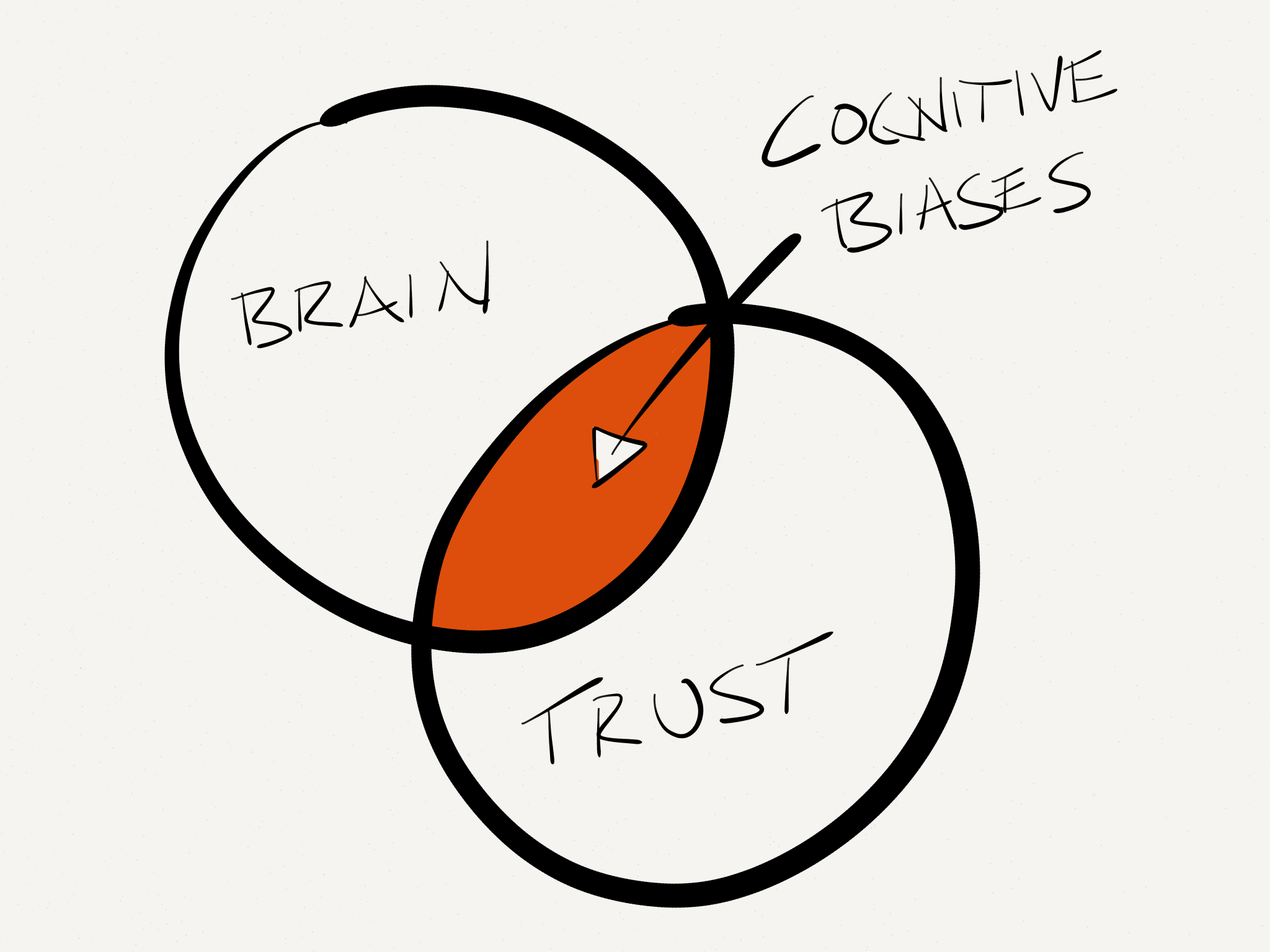Well, whatever confidence I still had that the current regime running the Canucks actually knew what they were doing just walked out the door yesterday. And it was escorted by security.
As Thom laid out in his level headed take on the matter, the Canucks unceremoniously turfed Laurence Gilman, Lorne Henning and Eric Crawford. So if it’s well documented, informative writing you want on the subject, go read that. But if it’s raw, visceral, facepalming you’re looking for, you’ve come to the right place.
Because based on the comments and interviews that came out yesterday, the Canucks’ brain trust just lost what brains they had left. All in the name of efficiency, apparently.
Yes, according to Trevor Linden, it was *boohoo* just too hard to make decisions, presumably because there were a lot of differences in opinion around the room:
Linden says size of #Canucks front office made it “cumbersome” to make decisions. Some of their duties will be absorbed by existing execs
— Matthew Sekeres (@mattsekeres) July 2, 2015
Yes, I’m sure that must be hard. Having to think things through. Overcome doubts. Talk through different perspectives. Tough, I know. But you know what decisions are easy to make? Bad ones.

Look, Benning and Linden are in charge. They make the final call. Are they so threatened by a different point of view that they can’t take it in and and consider it? I mean, it’s not like Gilman, Henning or Crawford could go off and make their own decisions. All they could do is offer a point of view. Is that really so threatening?
I guess. Because if the only solution to a difference of opinions is to get rid of those voicing a different perspective, maybe it’s because they have a valid point that you shouldn’t dismiss out of hand.
Now, you’re probably thinking to yourself, “Well, how do you know that’s why they were fired? You weren’t in the room. You have no idea whether they disagreed with the recent signings and trades.”
True. I wasn’t.
But if reading between the lines in that Linden comment above isn’t enough for you, here’s Jason Botchford on the subject yesterday:
So, as you can imagine, not everyone in that front office was going to be all in when, say, Kassian is traded for Prust. Or Luca Sbisa signs a huge extension.Or when the team goes with the 35-year-old goalie instead of younger, better options.
So yeah. I think it’s safe to say that there was a healthy dose of disagreement in the front office. Unfortunately, it doesn’t appear that Benning and Linden thought it was healthy at all.
Now, don’t get me wrong. I perfectly understand that you don’t want people undermining the direction you’ve set for the team. But there’s other hints out there that maybe that direction isn’t as well defined as you might like to think. Here’s more from Botch, emphasis added:
For a time here, the Canucks front office had not been, well, cohesive. There were questions in the executive which are similar to the same ones people on the outside have had.What is the plan here?Sometimes, those types of questions are interpreted as dysfunction.Not every executive views it that way. Brendan Shanahan has been putting together a large front office of strong willed people who stick to their convictions.
So it’s not so much that there was questioning of an agreed upon direction or vision for the team, it was more like, “What is the vision? What are we trying to build? What’s our strategy?”
And if that wasn’t clear enough, here’s Botch’s take on what the core players think of the direction the team is going in:
@petbugs13 don’t understand “the plan,” just like the people fired today
— Jason Botchford (@botchford) July 2, 2015
So yeah. While Linden and Benning close ranks and turf the dissenting voices, other front offices, that also don’t have much experience running teams, are putting together a diverse range of opinions to help make more robust decisions and avoid groupthink. But instead of encouraging a variety of opinions and healthy discussion this group is purging the organization of those voices. That not only gets rid of the immediate dissention, it also discourages others from speaking up for fear of getting the same treatment.
And sure, if you’re all on the same page, it might mean that it’s the right decision. But it could also mean that you’re horribly wrong:

If you’re still not sure what is I’m talking about, here’s a timely little puzzle on decision making that illustrates my point really well. It was, coincidentally enough, put out by the New York Times yesterday. So go ahead, click on the link and give it a try. I’ll wait.
…
All done? How did it go? Unlike many people, apparently, my approach was to try and get some wrong answers. And I did on my very first guess, which helped me to discount one theory (each number is the square of the previous one). But then quickly fell into the same trap I just kept trying different variations of my second theory (each number is double the previous one) and after four tries decided that it must be right. As you know by now, it wasn’t.
The point is that you should welcome perspectives that question your decisions. If you’ve made a good decision, it should be able to withstand those other perspectives. But if you don’t even allow those questions to be asked, you wind up being really susceptible to confirmation bias, where you are looking only for reasons that you are right and not even being aware of reasons you might be wrong:
This puzzle exposes a particular kind of confirmation bias that bedevils companies, governments and people every day: the internal yes-man (and yes-woman) tendency. We’re much more likely to think about positive situations than negative ones, about why something might go right than wrong and about questions to which the answer is yes, not no.
But hey, what do I know? I’m definitely not the smartest guy in the room. Heck. I’m not even in the room. I’m just a dirty blogger hanging out in my mom’s basement.
@EricFrancis Could never figure out if he actually was smartest man in the room or dumbest! Some of his drafts are actually looking good.
— BC72 (@bchud1972) July 7, 2014
Hey, has anybody seen my pants?
RECENT GRAPHIC COMMENTS
- A Graphic Guide To Succeeding At The NHL Draft
- Luca Sbisa Is My Stanley Cup
- Fans Can Finally Cheer On The Coyotes In June!
- Narratives Are Like Buses: There’ll Be Another One Along Any Minute
- You Don’t Fight Fire With Fire. You Fight It With Ice Cold Water Running Through Your Veins.
You can also check out the monthly collections of Graphic Comments over at The Sporting News.


